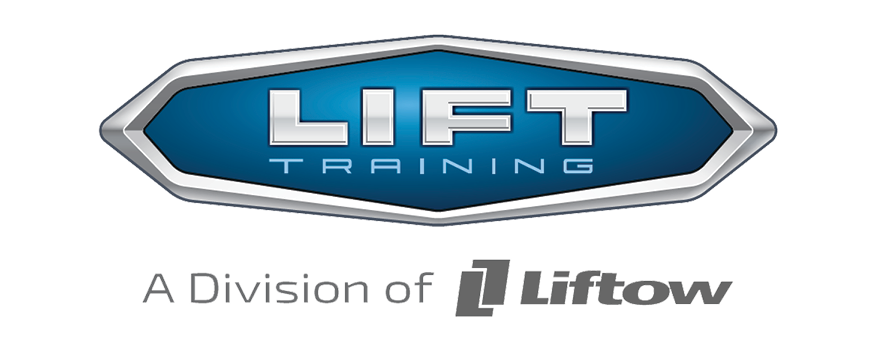
Working at heights is part of many jobs, especially in construction, maintenance, and some industrial roles. While it is often necessary, working from a height is not without its share of dangers. Whether it’s a slip on a scaffold or an accidental drop from a roof, the risks can lead to serious injuries. Understanding these risks is the first step towards making these work environments safer. Having the right knowledge and skills through proper certification can prevent these dangerous incidents, ensuring that employees can perform their duties without fear.
This is where work at heights certification comes into play. It is a crucial element toward achieving a safer, more aware workplace. This certification teaches workers how to recognize and avoid potential hazards, use protective gear properly, and approach their tasks with a mindset focused on safety. In Ontario, where many industries depend on work at heights, having such certification means fulfilling legal obligations and fostering a culture where safety is prioritized.
Understanding the Work at Heights Certification
Work at heights certification is a structured training program focusing on safety practices for those who work above ground level. This isn’t just about knowing the rules; it’s about understanding why they exist and how to apply them in real-life situations. The certification covers essential aspects like proper use of safety harnesses, assessing work environments for potential risks, and emergency procedures in case something goes awry.
To complete this certification, participants must go through a series of training sessions that include both theory and practical elements. They learn about the importance of fall prevention systems, how to set up a safe work site, and the specifics of using personal protective equipment correctly. The process often involves hands-on practice, ensuring that workers can confidently apply what they’ve learned when they’re actually on the job.
Once trained, individuals receive their work at heights certification, which serves as proof of their readiness to work safely. This certification boosts safety awareness and gives workers the confidence to perform their tasks effectively, knowing they’ve been trained to handle any situation they might face.
Enhancing Workplace Safety
Certification in working at heights significantly reduces the chances of accidents. By teaching employees how to spot and fix potential hazards before mishaps occur, certification plays a huge part in making work environments safer. Workers are trained to assess their surroundings and take necessary precautions, which minimizes the risk of falls and other serious accidents. This proactive approach is essential. It means that employees do not just rely on safety measures but actively participate in creating a safer workplace.
Beyond individual skills, certification also supports a culture of safety within the organization. When everyone is trained, it raises overall awareness of safety issues. This shared understanding of procedures and safety standards ensures that all team members are on the same page when it comes to prioritizing well-being on the job.
Legal Requirements and Compliance in Ontario
In Ontario, specific laws govern safety in workplaces, revisiting several areas that involve working at heights. Businesses must comply with regulations that outline how high-risk tasks should be managed and the safety measures that need to be in place. This includes ensuring that workers are properly trained and certified to handle the tasks safely.
Failure to comply with these legal obligations can have severe consequences, including hefty fines and operational disruptions. Non-compliance also risks damaging a company’s reputation, which can have longer-term effects. By having their workforce certified in working at heights, businesses can confidently meet these legal requirements. Certification ensures that companies are not only playing by the rules but are also doing their part to protect their employees.
Benefits of Work at Heights Certification for Employees and Employers
The work at heights certification provides clear benefits for both employees and employers. For workers, it means gaining valuable skills and confidence in their ability to perform tasks safely. They know how to use equipment properly and react effectively in emergencies, reducing anxiety and making them more efficient in their roles.
Employers enjoy an array of benefits too. Certified employees contribute to a safer and more productive environment, which can lead to fewer accidents, less downtime, and lower costs related to injuries. A safer workplace enhances morale as employees feel more secure and valued. It also presents the company as responsible and forward-thinking, which is attractive to both current and prospective employees.
Staying Safe at Heights All Year Round
Safety is not a one-time event but an ongoing commitment. Even after receiving certification, employees should continue to be vigilant about their work environments. Regular refreshers and updates to training are essential to keep safety practices up to date and effective.
To maintain safety year-round, consider these practices:
– Conduct regular safety checks for equipment.
– Hold periodic safety meetings to discuss any new risks.
– Encourage a culture where safety concerns can be openly discussed and addressed.
Keeping these points in mind ensures that everyone remains protected, no matter the season. While certification provides a strong foundation, ongoing awareness and practice keep safety standards fresh and relevant. This approach allows workers to perform their duties confidently, knowing they are well-prepared to handle any challenges that come their way.
If your organization needs guidance on how to prioritize safety effectively, consider exploring LIFT Training’s programs. Understanding the importance of initiatives like work at heights certification can make a big difference in maintaining a safe work environment. Reach out to us today to discover how our expertise can benefit your team, creating a more secure and productive workplace.
